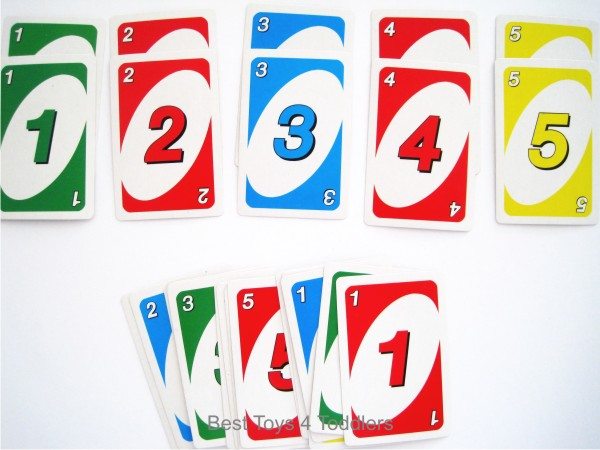As a holistic nation, Singapore has a competitive spirit. Most (if not all) Singaporean parents start to shape the academic skills of their children early on due to the fear of falling behind the fierce system. To accomplish this, they employ the services of several enrichment or tuition centers.
Searching for the “perfect center” seems like a hunt for the most delectable candy at Candylicious. There are hundreds of attractive options! Choosing a singular center is often a confusing, uncertain, and difficult task. You can either send your child to a competent center that breeds Ivy league students or to a mediocre institution taught by incompetent teachers.
You need to be able to spot a diamond among the duds. To do so, you must analyze if the center is suitable for your child and if the teachers impart things that are beyond what the textbook says. Few enrichment centers in Singapore offer just that! The short list includes The Learning Lab, Mathnasium, SmartLab Education Centre, and ThinkersBox.
Let me start with the The Learning Lab. The Learning Lab is a premier provider of tutorial programs for primary, secondary, and pre-tertiary levels. Aside from stimulating academic excellence, they are in the business of cultivating world-readiness. You see, the center conducts a series of events including creative writing workshops and Ivy Summit Series. The creative writing workshops were run by media personalities while the Ivy Summit Series were run by Harvard undergraduates. These efforts help establish a good reputation among parents, students, and educators in Singapore. Do not get me started about their alumni who studied in prestigious universities such as Princeton and Oxford! All these come at a relatively costly price tag. Expect fees of about S$30 per hour for primary students.
The next center has a niche as it focuses on Mathematics. The Mathnasium is not your average Maths tuition center! In fact, it has a reputation of being less stressful and more enjoyable. The people behind Mathnasium aim to increase the child’s appreciation for the subject in order to improve his or her academic performance. They use a unique way of teaching that was developed over 30 years ago. If you are skeptical about it, you will be happy to know that they have several branches all over the globe! So, browse their courses that range from Primary 1 to Secondary 4 Maths.
The third center is called SmartLab. What started off as a humble classroom in Bishan has expanded to providing quality tutorial classes that incorporates Information Technology. SmartLab was one of the early adopters of modern technology by equipping their classrooms with computers. More than regular classes, SmartLab offers FREE support sessions twice a month for students who need the extra hand. What separates it from other centers is its “Results Guranteed Programme” whereby parents pay a lump sum of money in exchange for an agreement (e.g., achieving a certain grade). You will get your money back if the agreement is not achieved. The lump sum is between S$2,500 to S$5,850.
The last, but not the least is ThinkersBox. It is a specialist center for brain development that caters to children aged 5-12 years old. The teachers at ThinkersBox impart the most fundamental aspect of schooling, which is rarely taught in schools. That aspect is cognitive or thinking skills. The dynamic duo behind the ThinkersBox believe that “textbook knowledge and grades will not be sufficient in a fast-changing and unpredictable environment”. I certainly agree!
Enrichment centers are becoming more of a necessity than a luxury. As parents, you must find the most suitable center to improve your children’s learning. Look not only at the reputation of the brand but also at other factors such as class size, tutor’s competence, and testimonials.
Good luck on your search!













